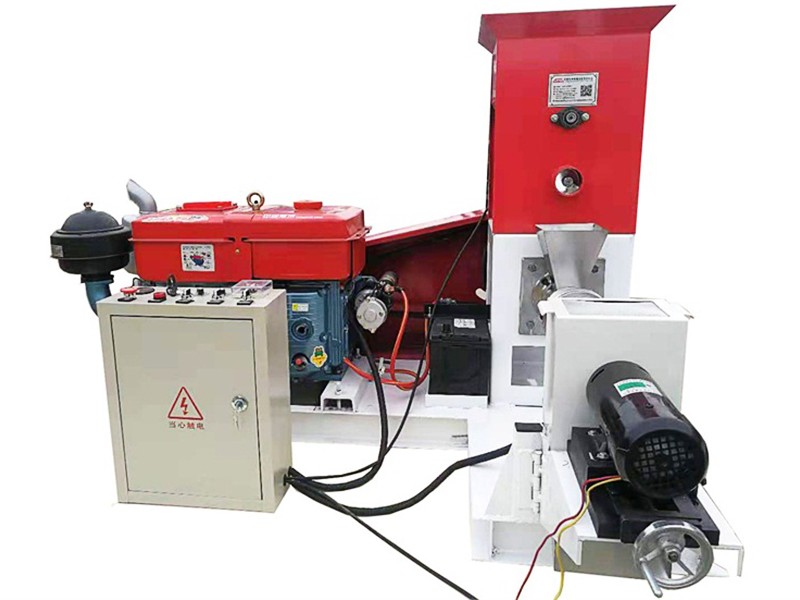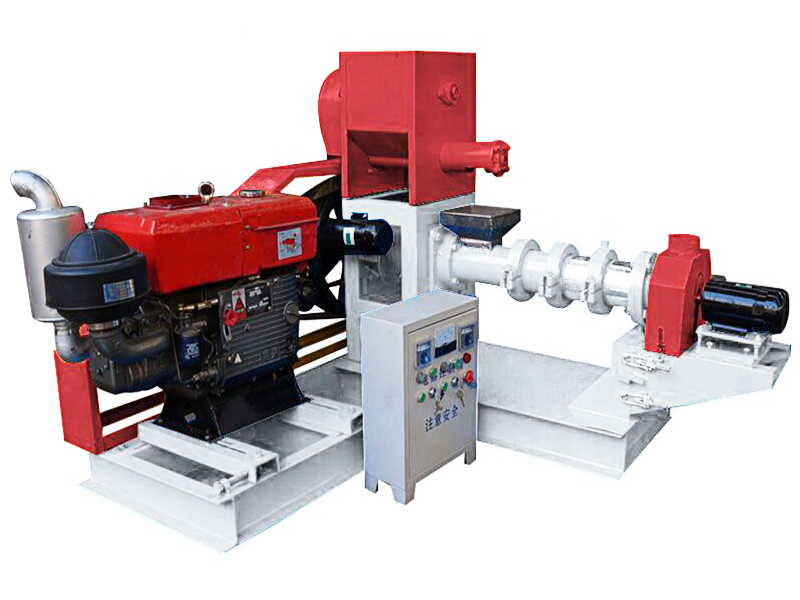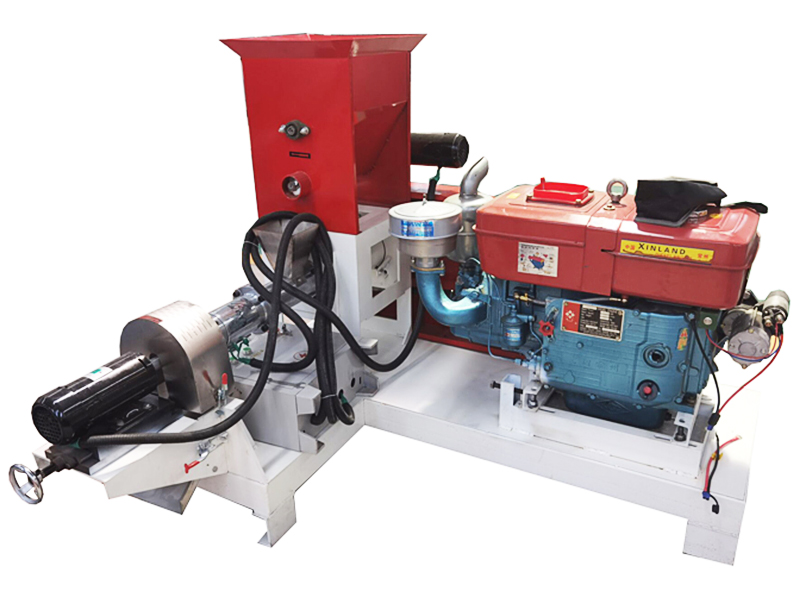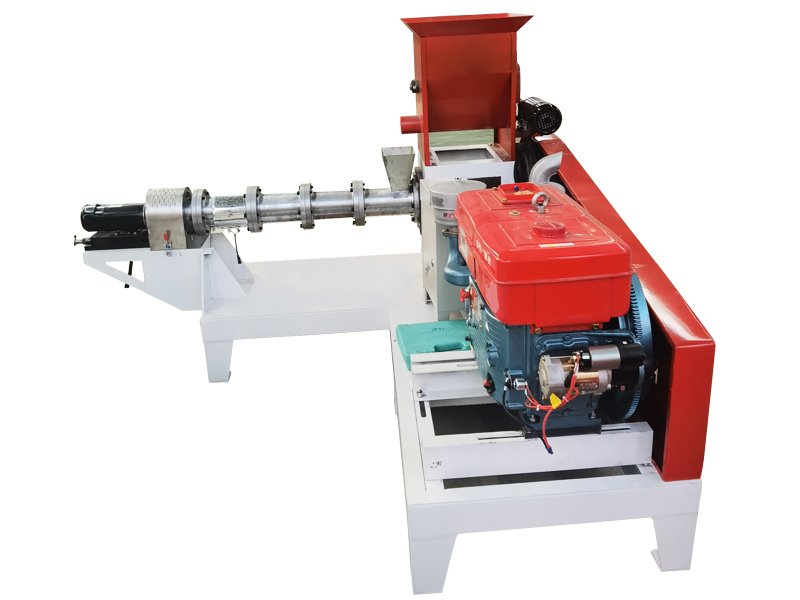



livestock feed pellets mill manufacturers in Ethiopia 网页Make Feed Pellets for Your Animal with GEMCO Feed Pellet Mill. This feed pellet plant can produce 2~8mm of feed pellets with 600-1000kg/h pellet output capacity. The pellets are suitable for feeding pig, cattle, sheep, rabbit, chicken, duck, geese, fish and other animals.
网页Apr 29, 2020 · Mash Feed Mill Plant (Ethiopia) Capacity : 10 tphToz Yem Tesisi (Etiyopya)Kapasite: 10 ton/saat-----
Feed pellet machine small 220V Granulator household pellet making machine for pig, cattle, sheep, chicken, duck, goose, fish, US $774.00. + Shipping: US $263.16. Get Price Animal feed prices hike - thereporterethiopia.com
Jan 1, 2018 · Production and marketing systems of small ruminants in Central Statistical Agency of the Federal Democratic Republic of Ethiopia (CSA, 2012). Agricultural Sample Survey of 2011/12 (2004 E.C
Ethiopia goose feed machinery-Feed Pelleting Machine farm use feed pellet machine diesel-type in EthiopiaSmall Pellet Machines for Home, Farm and Small Industry90-120. 180/220. 1000*500*750. PTO Pellet Machine: Usually on a tractor Tel: 8619337889051 Email:lima37@limamachinery.com Home Products Feed crushing machine
There are four types of beef production system in Ethiopia: the commercial feedlot system, peri-urban small-scale fattening, backyard fattening in the mixed crop-livestock system, and the pastoral/agro-pastoral livestock production system. 4.1. Commercial feedlot
Ethiopia goose feed extruder production line-Feed pellet Machine for Sale Pet Fish Feed Snacks Food Production line extruder for fish feedPet feed extruder production line Description Product Description Can produce a premium quality special koi food, g Email:lima37@limamachinery.com Tel:8619337889051 Whatsapp: 8619337889085 Home
90% of them are working in the small-scale fisheries sector [55]. Historically, Africa’s fisheries output is dominated by capture fisheries and the total amount of fish produced from In Ethiopia fish production depend on the inland waters for the supply of fish as a cheap source of animal protein.
Oct 10, 2022 · Ethiopia rabbit feed mill machine-Feed pellet Machine for Sale SZLH420 alfalfa feed pellet mill is the main machine for pressing feed. It is suitable for large and medium-sized farms a Tel: +86-519-80683312 Phone: +8613733816811 E-mail: Get Price >> 10 10 2022 Feed Mill - Goose, Duck, Chicken, Game Bird Hatchery - Metzer
Sheep and goat in Ethiopia and most developing regions are kept under traditional extensive systems. Sheep and goats are largely produced in mixed crop–livestock, specialized pastoral and agro-pastoral systems. Livestock production is of subsistence nature. Market-oriented or commercial production is almost non-existent.
FIGURE 41. The production and consumption of goose Foie Gras by country (Source: Guy, 1996) FIGURE 42. A cooker to cook the corn for force-feeding geese (Poland) (Source: Buckland, 1995) The feed normally used for force-feeding geese during the fatty liver production period is, as previously mentioned, whole grain corn.
Sep 23, 2021 · The tomato had nutritional, economic and health benefits to the societies, however, its production and productivity were low in developing countries and particularly in Ethiopia. This might be due to technical inefficiency caused by institutional, governmental, and farmers related factors. Therefore this study tried to investigate the factors that affecting technical efficiency and estimating
Aug 11, 2022 · Ethiopia goose feed processing machinery and equipment-Feed Pelletizer Machine How to formulate goose feed pellets? | RICHI2. Introduce several common feed formulas for geese at various stages: (1) Feed formula for goose (0-4 weeks): straw biological feed 70 Email :lima37@limamachinery.com Tel :8619337889051 Home
In general, milk production in Ethiopia is low. According to Azege, etal., 2013) the average milk production from indigenous cows is 1.85 litres/head per day and ranged from 1.24 in the rural lowland agro-pastoral system to 2.31 in the rural highland system.
feed (about 57.5 percent), followed by crops residue (29.6 percent). Hay and by-products were also used as animal feed, comprising about 7.1 and 0.9 percent of total feed, respectively. A very small amount of improved (0.22 percent) and other types of feed (4.7 percent) were used. Farming systems and altitude are important